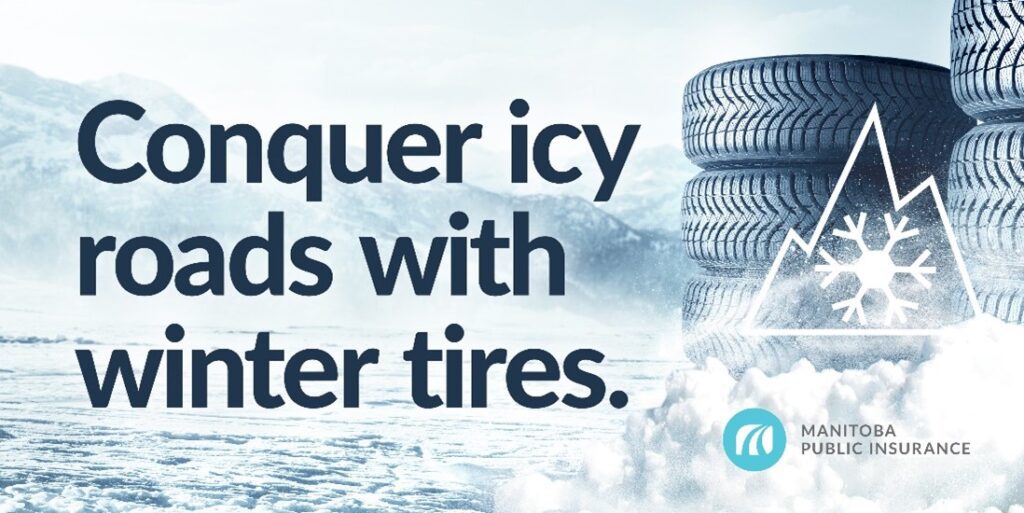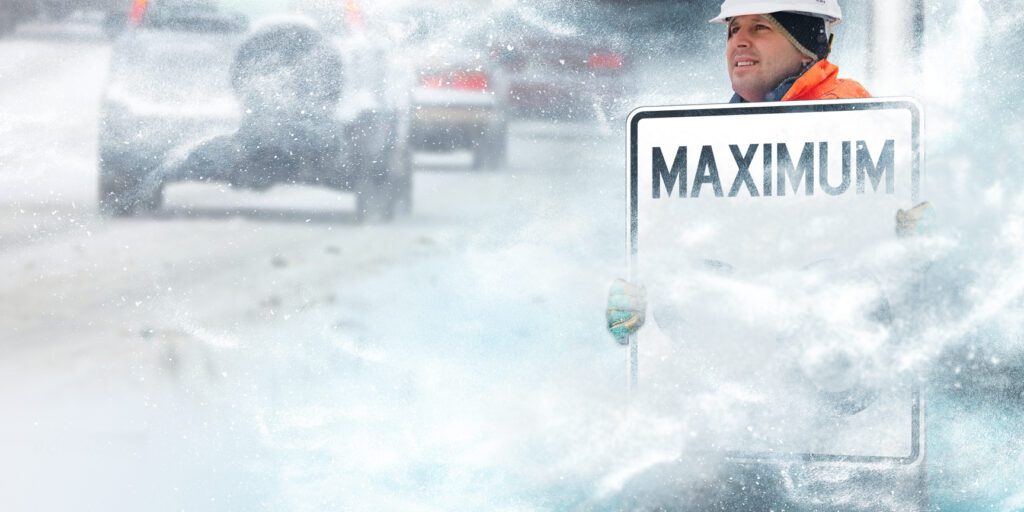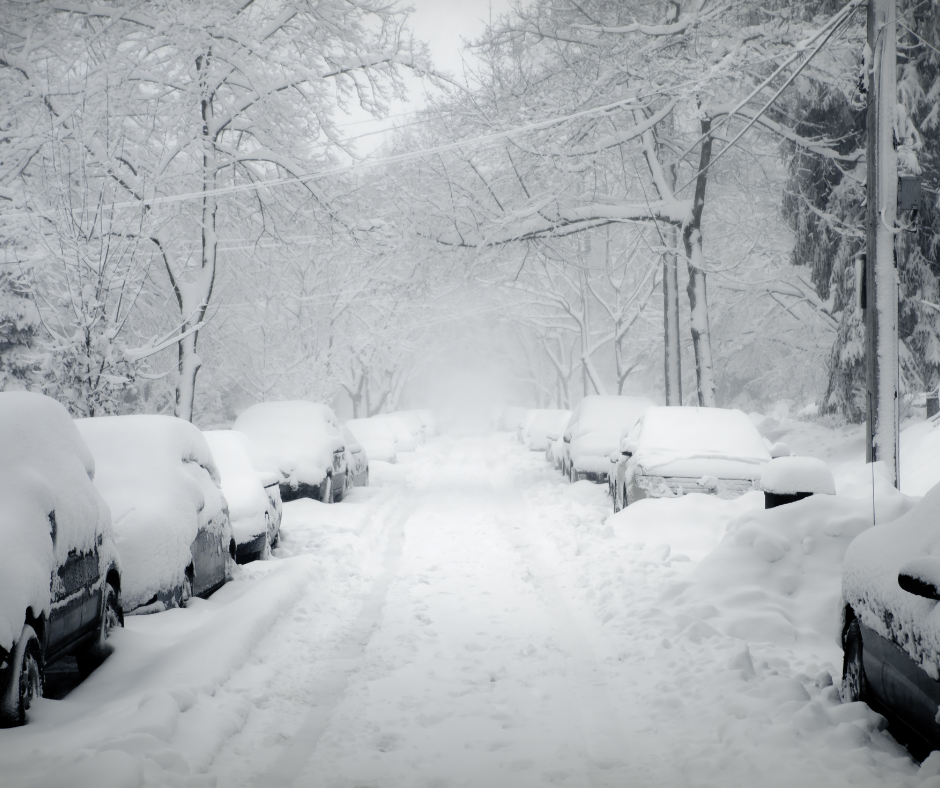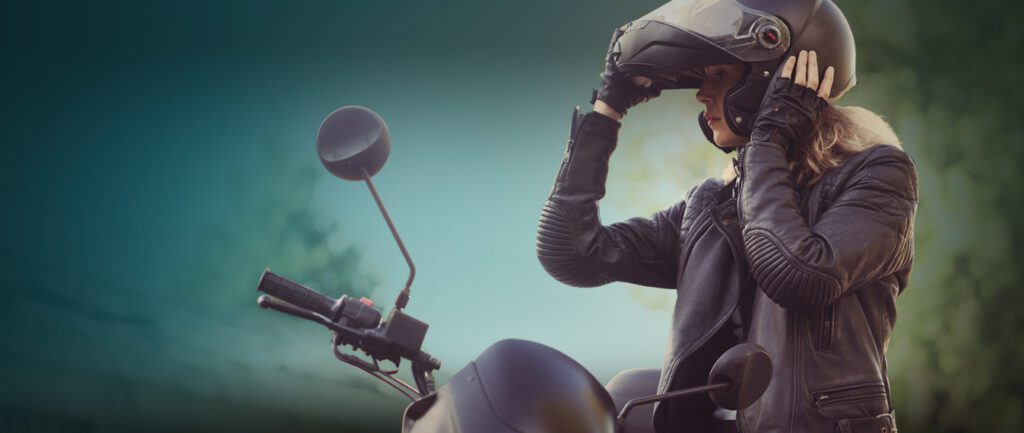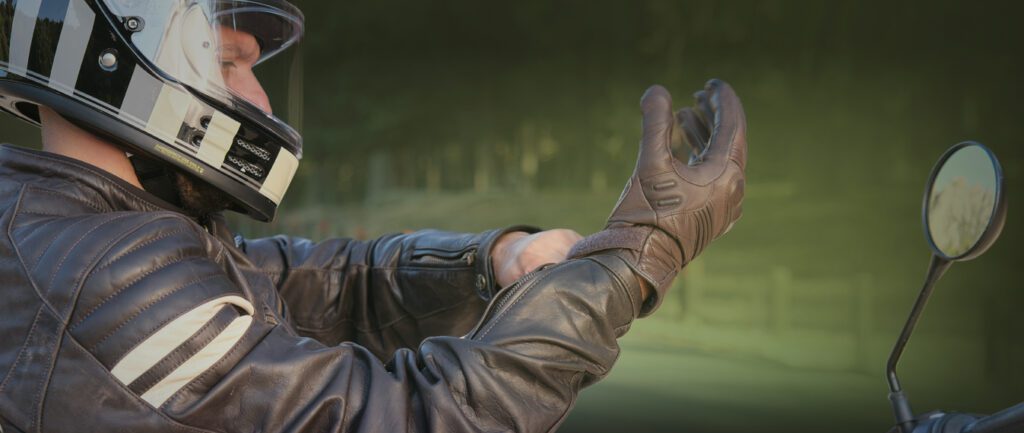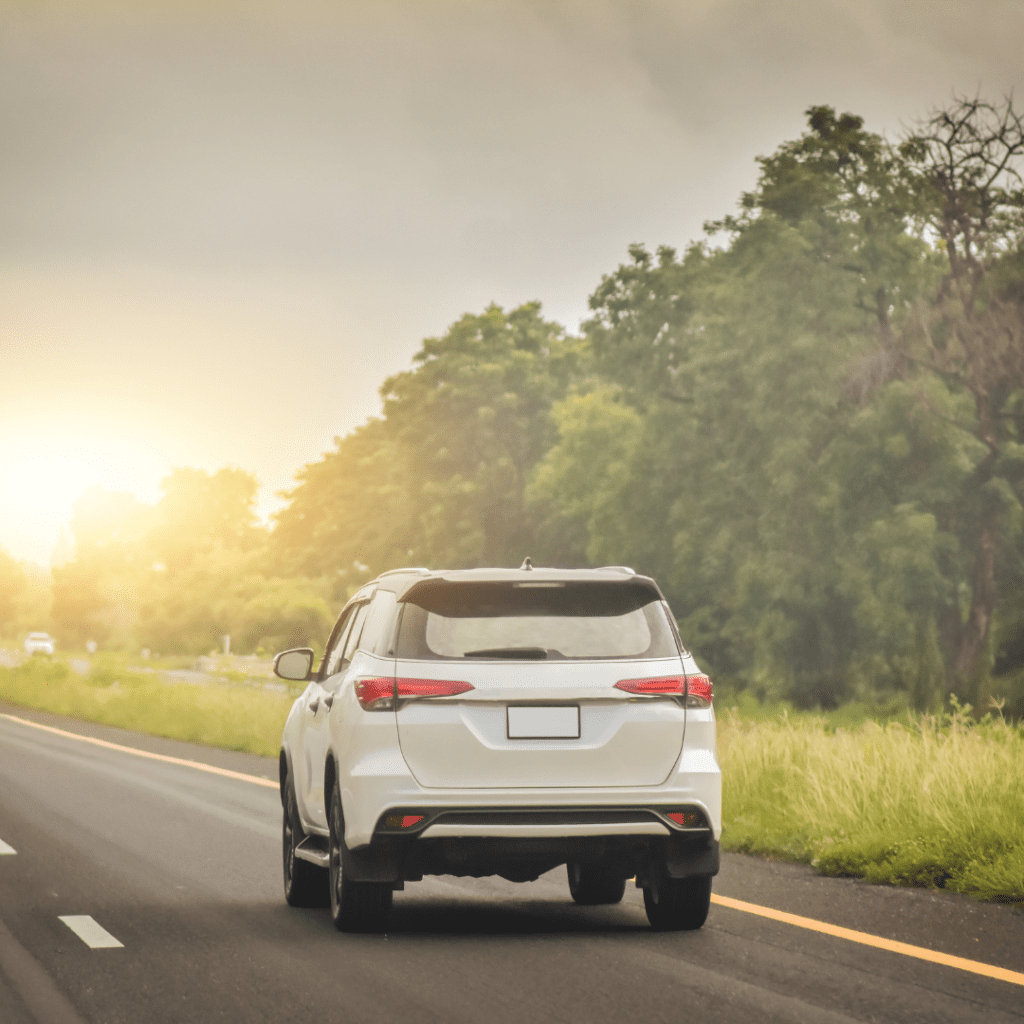It wouldn’t be a Manitoba summer without roadwork.

As construction projects ramp up, your drive may be impacted. Follow these tips to adjust to construction season and keep everyone safe.
Slow down. Speeding through construction sites endangers both workers and drivers. Exceeding the posted speed limit is unsafe, and it can have severe consequences.
Keep in mind that speed fines double. The set fines for speeding over the posted speed limit are doubled in construction zones, regardless of whether workers are present. You may also move down the Driver Safety Rating scale, which affects how much you pay for your driver’s licence and vehicle registration.
Stay alert. Construction zones can be unpredictable. Watch for workers, equipment and changing road conditions. Keep enough space between you and the vehicle ahead of you and be ready to make a sudden stop.
Plan ahead. Know where road work is happening and plan your route to avoid delays and detours. This saves time and reduces stress.
Stay calm. Angry driving is unsafe driving. Remember – construction is temporary! Keeping a cool head behind the wheel ensures the safety of everyone.

Construction is essential to maintain and improve our roads. These zones are also someone’s workplace. Be prepared for delays, stay focused, and exercise patience to ensure smoother travels for everyone!
